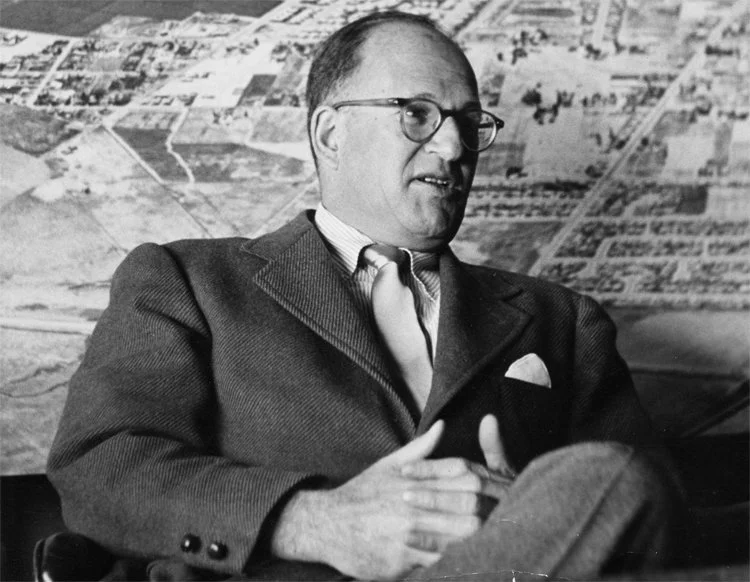Exploring the Legacy of Eichler Architecture: Architects Anshen and Allen, Jones and Emmons, and Claude Oakland and Associates
Featured: Joseph Eichler, the brilliant mind behind Eichler homes
When delving into mid-century modern residential design, few names are as synonymous with the movement as Joseph Eichler. Eichler's vision was to craft affordable homes that exhibited both style and substance, challenging the conventions of suburban American housing of the 1950s and 1960s. Eichler's homes, known for their open floor plans, expansive glass walls, and integration with the surrounding environment, are still coveted today. But behind these revolutionary designs were the architects he collaborated with: Anshen and Allen, Jones and Emmons, and Claude Oakland.
Joseph Eichler: A Visionary Developer
Joseph Eichler wasn't an architect, but he had a remarkable gift for recognizing architectural talent. After living in a Frank Lloyd Wright home, he was inspired to create modern homes that were affordable to the middle class. Eichler Homes, his real estate development firm, built over 11,000 homes in California, each bearing the unmistakable characteristics of what we now know as Eichler homes.
Anshen and Allen: The Trailblazers
Robert Anshen and Steve Allen were the first architects to partner with Eichler. Their firm, Anshen and Allen, collaborated with Eichler during his initial ventures in the world of home building. Together, they developed the first prototypes of Eichler homes in the late 1940s. Their designs laid the groundwork for the Eichler style: post and beam construction, open floor plans, and extensive use of glass.
Jones and Emmons: Expanding the Vision
A. Quincy Jones and Frederick Emmons took over the architectural reins from Anshen and Allen in the mid-1950s. Their collaboration with Eichler saw the inception of some of the most iconic designs. Their innovative use of atriums, a central courtyard usually enclosed by glass, became a hallmark of the Eichler brand. Their designs not only reinforced the connection of indoor and outdoor spaces but also brought natural light into the homes.
Claude Oakland: The Lasting Legacy
As the 1960s dawned, Claude Oakland, who had previously worked at Anshen and Allen, became Eichler's primary architect. Under his design leadership, Eichler homes began to evolve, showcasing more varied floor plans and incorporating newer materials and technologies. Oakland's designs struck a balance between maintaining the Eichler ethos while ensuring the homes remained relevant and contemporary.
Conclusion: A Legacy Preserved
The magic of Eichler homes lies in the collaboration between a visionary developer and the brilliant architects he partnered with. Today, neighborhoods graced by Eichler designs remain iconic landmarks of mid-century modern architecture. These homes remind us of a time when design aimed to break boundaries, challenge conventions, and make modern living accessible to all.
Joseph Eichler, with the help of Anshen and Allen, Jones and Emmons, and Claude Oakland, redefined suburban American living. Their legacy stands as a testament to the transformative power of thoughtful architectural design.
Featured: Anshen and Allen, two of the first architects to bring Eichler’s plans into fruition


